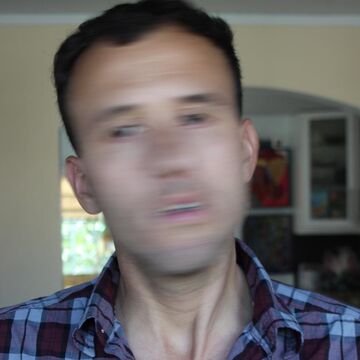|
Description
This studio course focuses on themes, practices, contexts, and questions undertaken by contemporary artists and designers. Research Studio I is a course that asks students to begin to develop and connect their own work and ideas with a diverse range of artists, designers, and communities. This course engages with cultural institutions including: museums, galleries, libraries and archives as resources of critical engagement.
Students will undertake various types of research activities: a) collecting and classification, b) mapping and diagramming, c) systems of measurement, d) social interaction, e) information search systems, f) recording and representation, and g) drawing and other notational systems.
Assignments in this course are faculty directed, open-media, interdisciplinary and idea based. The projects are designed to help students recognize their work habits, biases, strengths, and weaknesses. Students will experience a wide range of research methods and making strategies. Critique as an evaluative process used in art and design schools, is a focus in this course. Various methods and models of critique are used in order to give students the tools to discuss their own work and the work of others.
|
Class Number
1243
Credits
3
|
|
Description
Do you feel confined by the walls of the studio and the institution? Are you a wanderlust with an urgency to roam and explore? Do you like to walk and think and make wherever you are? Are you interested in learning how to create a self-imposed artist residency? Are you tired of the cost of purchasing material within the confines of the art store? In this class we will conduct research out on the streets, also known as field research. We will create strategies for researching, making, activating and documenting work while being outside of the studio. Field trips may include Rebuilding Exchange, Centro Romero, the Urban Canopy, a tour of 16th street murals, Compound Yellow, Stony Island Arts Bank, The Chicago Pedway. We will do readings by and study artist such as: The Situationists, Asco, Allan Kaprow, Miranda July, Tehching Hsieh, The Fluxus, Gabriel Orozco, Sophie Calle, Francis Alÿs, Richard Long, Pope L, Janet Cardiff and George Bures Miller, Azikiwe Mohammed among others Visiting artist include: Devin T Mays, Hui Min Tsen and Miguel Aguilar aka Kane One Assignments may include: making a sound work while walking, street collage, public interventions, the Dérive as research, reinventing children¿s street games, create a performance that may or may not have happened.
|
Class Number
1212
Credits
3
|
|
Description
This interdisciplinary critique seminar is designed to help students recognize patterns of inquiry within their studio work while proceeding toward an outward-facing practice beyond graduation. An assessment of previous projects will be the starting point for an ongoing critical examination of your creative practice, through which you will be asked to contextualize and position your work in the art-worlds of the 21st Century. This course is a forum for in-depth individual and group critiques with technical and conceptual discussions tailored to your practice and research. In addition to various readings, screenings, and field trips, class visits by local artists and curators will provide the opportunity for conversation about the lived experience of sustaining a creative practice. With an emphasis on faculty mentorship, class meetings will support the development of a focused, self-initiated Senior Project, a strong portfolio, and the tools for maintaining an independent studio practice.
|
Class Number
2437
Credits
3
|

